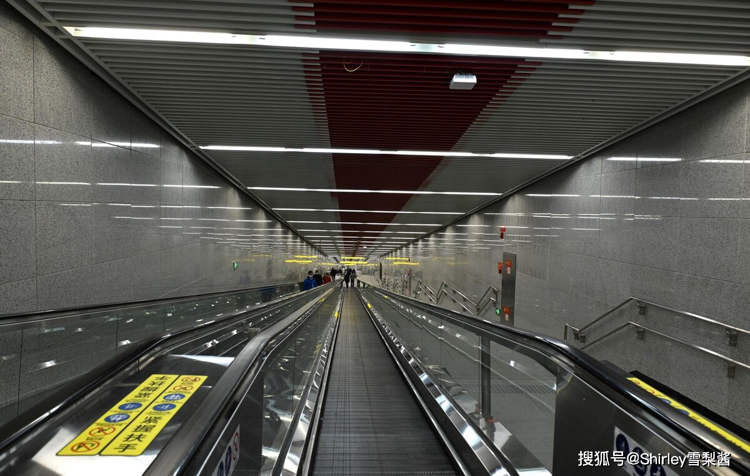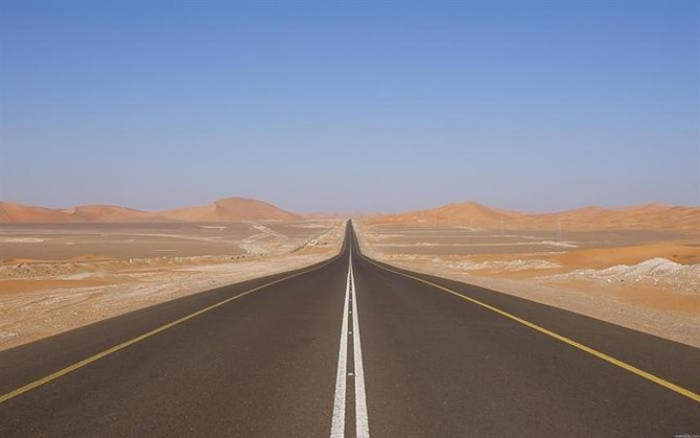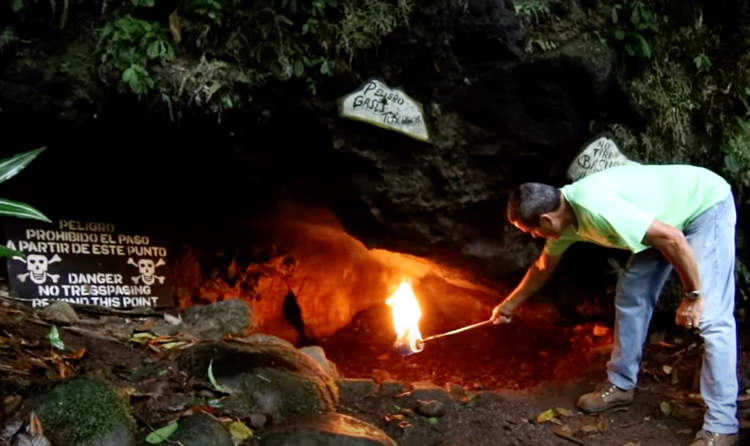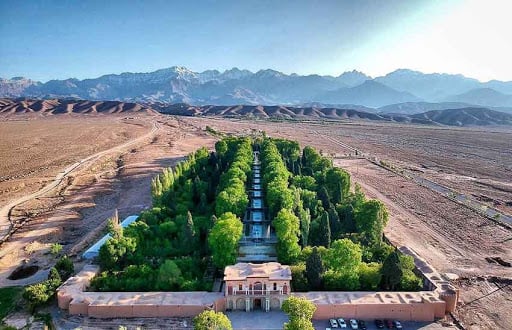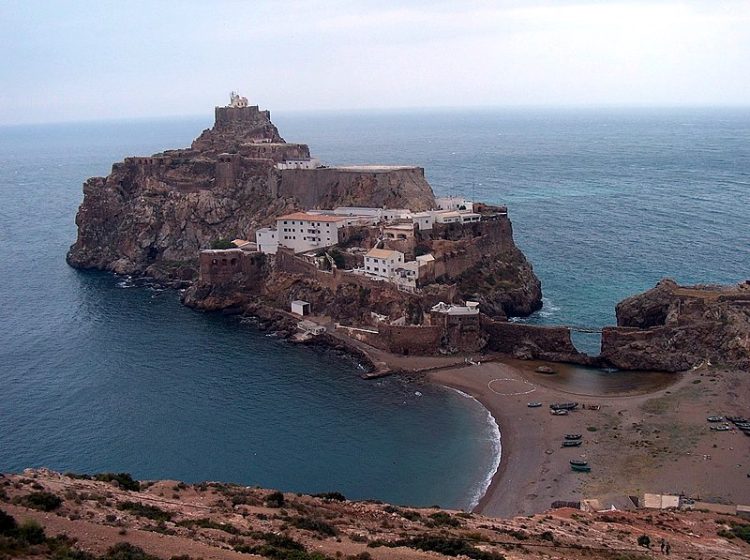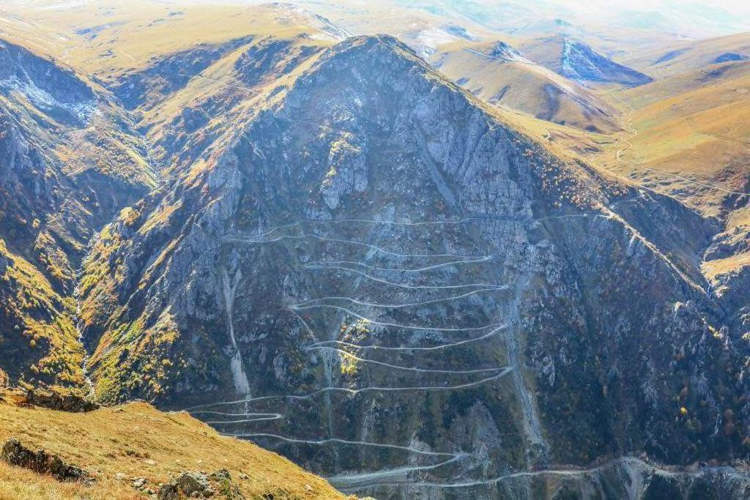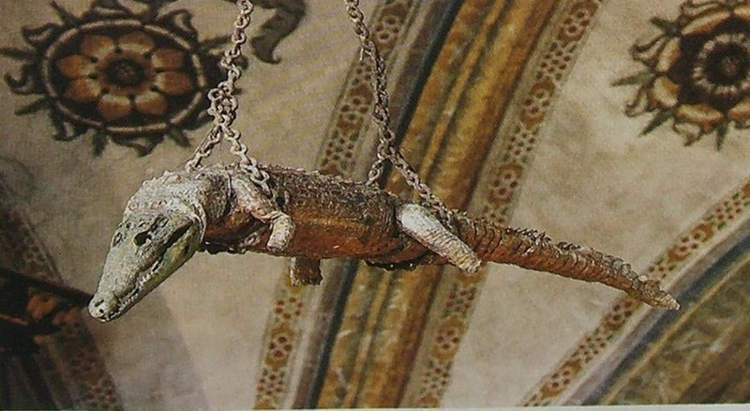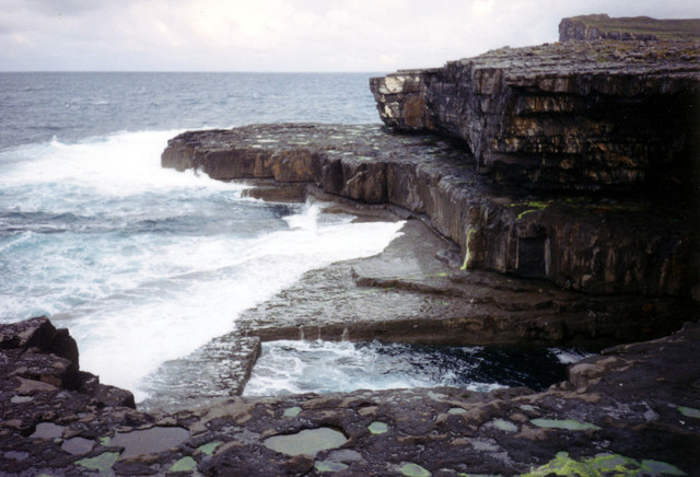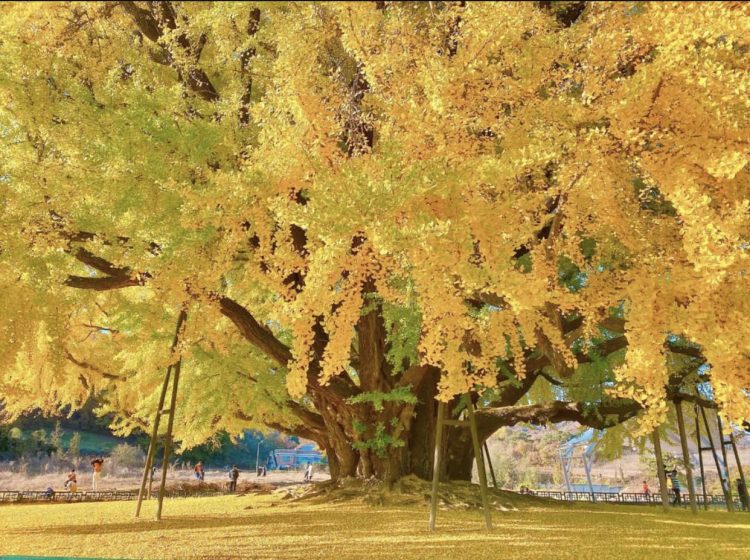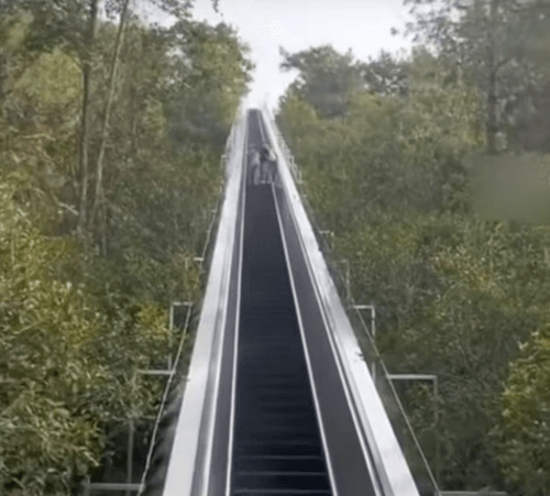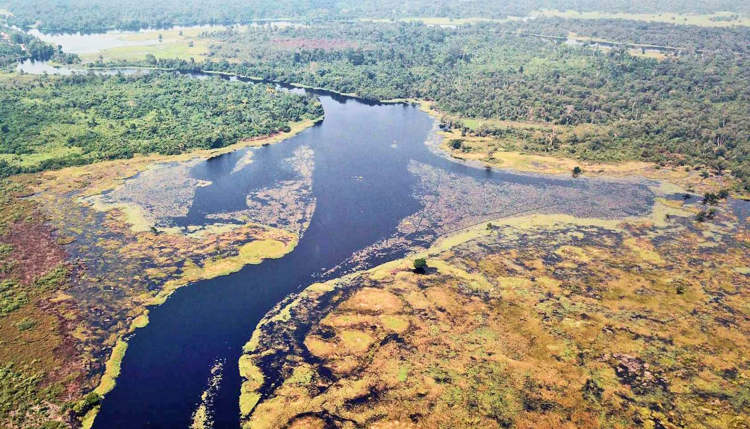The Hongyancun subway station in Chongqing, China is 116 meters deep and the difference in air pressure will often leave users with clogged ears when accessed via its elevator.
When the air pressure outside of the eardrum becomes different than the pressure inside, you experience ear barotrauma. It occurs most often during steep declines and descents and is usually associated with plane takeoffs and landings, or driving up or down mountains. Most subway stations don’t usually cause ear barotrauma, because they aren’t deep or steep enough for your ears to register a significant enough difference in air pressure. But using the elevator to reach the world’s deepest subway station might actually clog up your ears. That’s because it is located 116 meters below the surface, the equivalent of about 40 floors underground.

